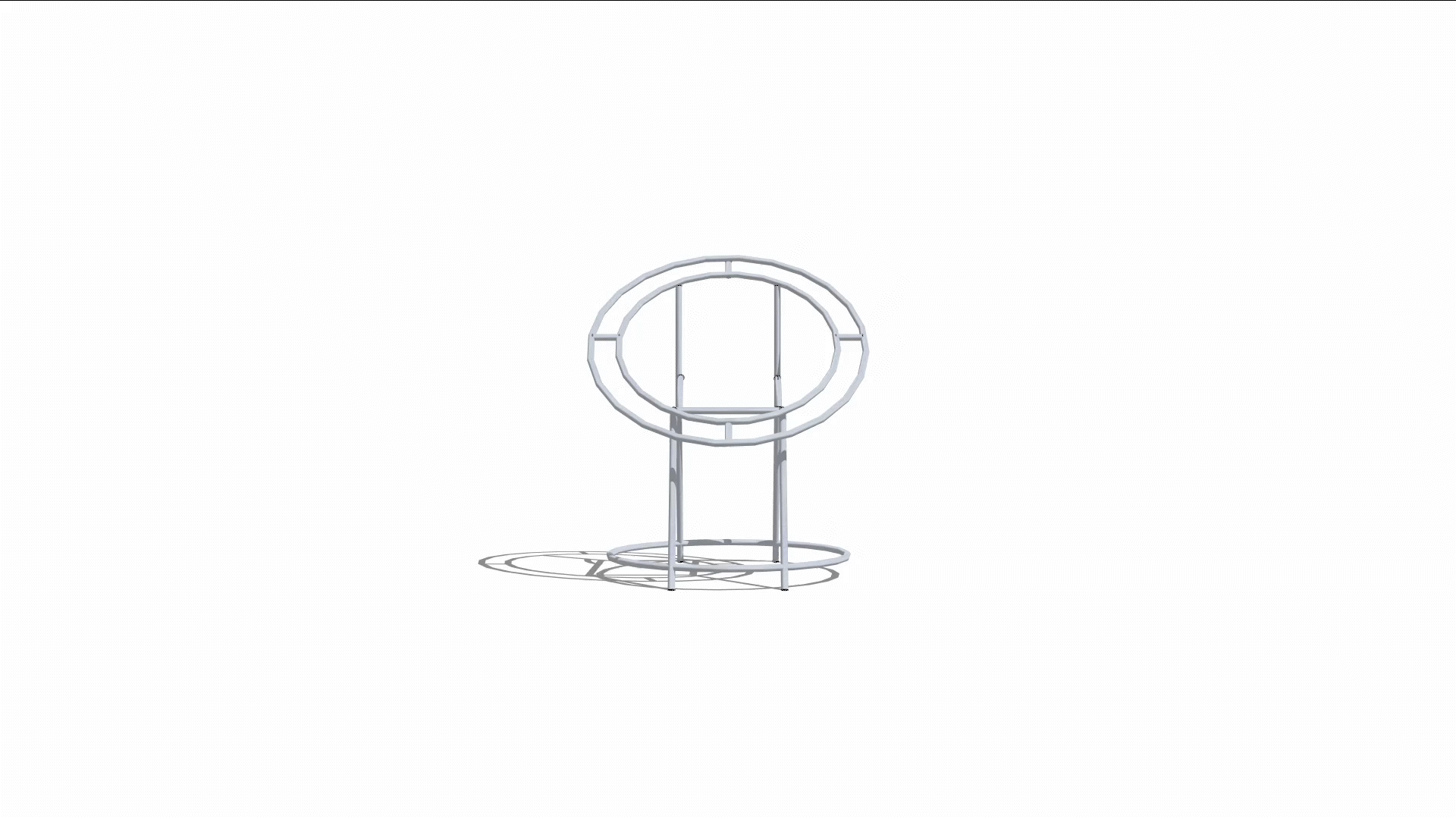Upcycled Acapulco
Sustainably Crafted, Locally Woven Furniture
Stakeholders
Arquitectura Verde
Project Role
Designer
Tools Used
AutoCAD
Illustrator
Photoshop
Lightroom
Sketchup
Key contributions
Competitor Analysis
Material Analysis
Sustainability Analysis
Prototyping
Product Photography
The challenge
Find a sustainable way to reutilize construction steel rods to reduce the impact to construction waste in the environment
Sustainable &
Socially Responsible Design
The Process
I started the process by researching how reclaimed steel rods from construction sites could be transformed, leveraging our large rod surplus and aligning with our environmental commitment. Collaborating with local artisans, we decided to opt for a mix of metalwork and traditional weaving techniques to develop a furniture line that balanced sustainability, structural integrity, and aesthetic appeal. After iterative prototyping and refinement, I oversaw the transition from these concepts to production. The result was a line of eco-friendly, artisan-crafted chairs that not only enhanced the sustainability of our architectural work but was also made available for direct-to-consumer (B2C) sales.
Project Goals
The goal was to create a sustainable line of furniture that transformed reclaimed steel rods from construction sites into functional and aesthetically appealing pieces. The furniture needed to integrate traditional craftsmanship, align with the firm’s architectural projects, and be suitable for both professional environments and direct-to-consumer (B2C) sales.
The Results
Reduced Waste by 50%
of rods in AV construction sites
Used Recycled PVC Cords
for longevity and weather resistance
Empowered Local Artisans
by using traditional techniques
Define
Discovery base learning
Insight # 1
Simplicity, modular
To transform the rods on site would save on transportation and storage. There is access to machines on site that handle bending, welding and modular cuts.
Idea: The product could be a Acapulco inspired chair with a simple frame and parts of similar size to facilitate transformation on site.
Insight # 2
Splitting the work
The finished chair cannot be fully completed on site, finishes like weaving need to be completed off site.
Idea: A network of makers could take on the last stage of production off site after training in PVC cord weaving. We could work with community organizers to locate weavers, and a shop space.
Insight # 3
Empower local makers
For training to be fast and effective the weaving patterns would have to use only two color blocks, checkered patterns and cord overlap to be simple.
Idea: The weaving pattern needs to be simple to make training short.















